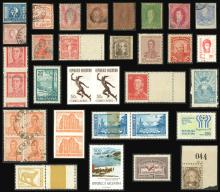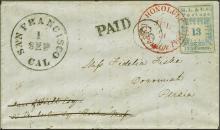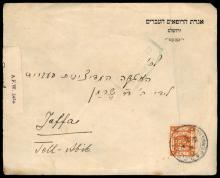Charles Brooke, Rajah of Sarawak - The Face in Royalty Stamps
Published

Sarawak is the largest Malaysian state, one of two states situated on the northwest part of the island of Borneo. Sarawak was ruled by the White Rajas for more than a century. One of the rulers was Charles Brookes, the second among the three successive rajahs of Sarawak. He was born Charles Anthoni Johnson Brooke on June 3, 1829 in England. His parents were Emma Frances and The Rev. Francis Charles Johnson. He received his education from the Crewkeme Grammar School and soon enrolled at the Royal Navy. He immediately rose to the rank of lieutenant and soon changed his professional course when he joined the company of his uncle, then the Rajah of Sarawak.
First Five Stamps of Charles Released in 1875
When he was made the Administrator of the Raj, in September 1863, he assumed the title Raj Muda. And in 1868, when his uncle died, he was named the rajah. It was on January 1871 when he was first seen on a stamp, the 3 cent brown on yellow paper. He returned to England in 1869 and married Margaret Alice Lili de Windt. The couple immediately went back to Sarawak, and she later assumed the title of Her Highness the Ranee of Sarawak. After one year, he completed the building of the Astana, a residence that served as his gift for his wife. To commemorate the event, the government decided to release five stamps, officially released in 1875.
The couple had six children, but their first three children died from cholera. The family tragedy was repeated once again in May 1873 when the fourth child died. To ensure that their next child survive, the Ranee decided to move to England to deliver Charles Vyner. He was followed by Bertram (1876) and Harry (1879).
Brooke Stamps Issued from 1888 to 1897
The rajah followed the legacy of his uncle supporting the adoption of a parliamentary government. He acted against piracy, slavery and stopped head hunting. He also made sure that trade is continued and it was under his watch when the railroad in Sarawak was developed and oil reserves were discovered. In 1888 the region became a protectorate of the British Empire. From 1888 to 1897, the government issued 14 stamps that showcased the monarchy in different values, from 1 cent to $1. Charles died in 1917 in Chersterton House in Gloucestershire and was buried beside his uncle in the Sheepstor Churchyard. Upon his death his eldest son assumed his position.








